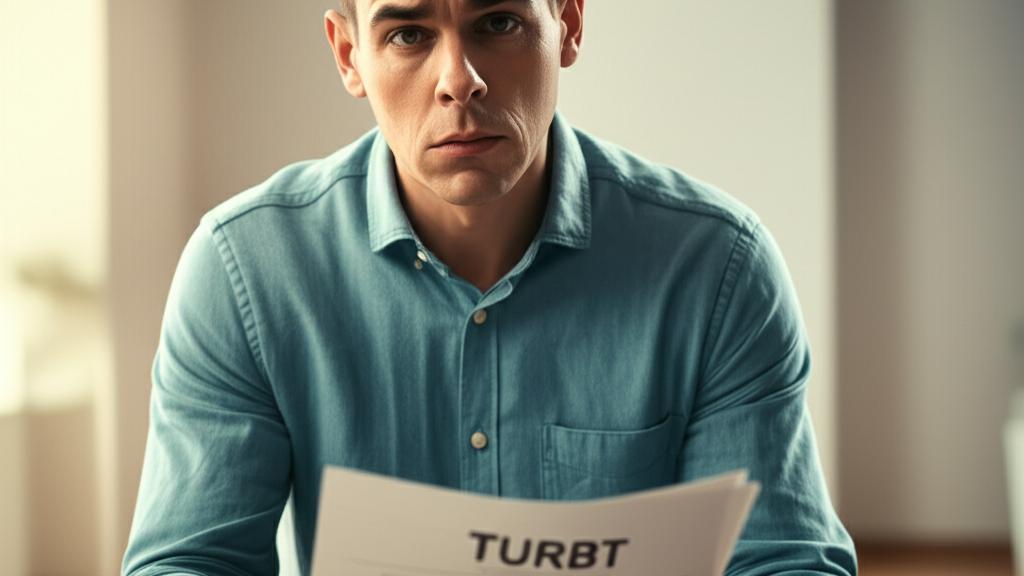Hearing the words “you have a bladder tumor” can make the world stand still for a moment. It’s a scary, uncertain time filled with questions. One of the very first steps we take on this journey, and often the most important one, is a procedure with a mouthful of a name: Transurethral Resection of Bladder Tumor, or TURBT for short.
I want to walk you through what this procedure is all about. Think of it not just as a surgery, but as the first big step toward getting answers and creating a plan. It’s a way for us to both diagnose and treat early-stage bladder cancer, all in one go.
What Exactly Is a TURBT?
So, what happens during a TURBT? It sounds complex, but the idea is pretty straightforward. A urologist—a surgeon who specializes in the urinary system—uses a special tool called a cystoscope. It’s a long, thin tube with a light and camera on the end.
The best part? There are no cuts or incisions on the outside of your body. The scope is carefully guided through your urethra (the tube you pee through) to get a clear view inside your bladder.
Once the surgeon locates the tumor, they use a tiny wire loop on the end of the scope to carefully remove the growth, layer by layer. They also cauterize the area, using heat to seal the blood vessels and stop any bleeding. That tissue is then sent to a pathologist, a doctor who examines it under a microscope. This is crucial because it tells us two things:
- The Stage: How deep the cancer has grown into the bladder wall.
- The Grade: How abnormal the cancer cells look compared to healthy cells.
This information is everything. It helps us map out what, if any, further treatment you might need.
How to Prepare for Your Procedure
Getting ready for your TURBT is mostly about following a few simple instructions to keep you safe. We’ll give you a specific list, but it generally looks something like this.
| Action | A Doctor’s Note |
|---|---|
| Fasting | You’ll likely be asked not to eat or drink anything for about eight hours before the surgery. This is for your safety during anesthesia. |
| Medications | We’ll review all your medications, especially blood thinners. Don’t stop taking anything unless your doctor specifically tells you to. |
| Arrange a Ride | You won’t be able to drive yourself home after receiving anesthesia. Please make sure you have a friend or family member to help you. |
| Personal Care | It’s a good idea to shower before coming in, but please skip any lotions, perfumes, or deodorants on the day of the procedure. |
During and After the Surgery
You won’t feel any pain during the procedure. You’ll either be under general anesthesia (completely asleep) or have spinal anesthesia, which numbs the lower half of your body.
After the tumor is removed, the surgeon may place a catheter in your bladder. This is a soft tube that helps drain urine and prevent blood clots from forming while the area heals. Sometimes, we also use the catheter to rinse the bladder or even deliver a dose of chemotherapy directly to the bladder lining right after surgery. This is called intravesical chemotherapy, and it can help prevent the cancer from coming back.
Most people can go home the same day, though some may stay overnight for observation, especially if the tumor was large. If you go home with a catheter, we’ll show you how to care for it before you leave.
Your Recovery Journey
Recovery takes a little time. Be gentle with yourself. It can take up to six weeks to feel completely back to normal.
In the first week or two, it’s normal to experience:
- Some burning or discomfort when you urinate.
- A bit of blood in your urine. It might look pink or reddish.
- The need to urinate more frequently or urgently.
It’s important to drink plenty of fluids to help flush your bladder. We’ll also ask you to avoid heavy lifting, strenuous exercise, and driving for a short period.
Sometimes, a surgeon might recommend a “second-look” TURBT about 4 to 6 weeks later. This is just to be extra sure that all the tumor was removed and to get a better sense of the tissue after the initial inflammation has gone down. It’s a safety measure to give you the best possible outcome.
When in doubt, always call us. It’s better to ask a question than to worry alone at home.
| When to Call Your Doctor After a TURBT | |
|---|---|
| Please contact your doctor’s office right away if you experience any of the following: | |
| Fever | A temperature over 101°F (38.3°C) could be a sign of infection. |
| Heavy Bleeding | If your urine looks like tomato soup or you’re passing large blood clots. |
| Inability to Urinate | If you feel the need to go but nothing is coming out. |
| Severe Pain | Pain that isn’t managed by the medication your doctor recommended. |
Take-Home Message
- A TURBT is a minimally invasive procedure used to both diagnose and remove early-stage bladder tumors.
- There are no external cuts; the surgeon works through your body’s natural pathways.
- The tissue removed is sent to a lab to determine the cancer’s stage and grade, which guides all future treatment.
- Expect some discomfort and blood in your urine for a week or two after the procedure. This is normal.
- Follow your post-op instructions carefully, especially about rest and hydration, to ensure a smooth recovery.
Facing a procedure like a TURBT can be nerve-wracking, but remember, it’s a positive and necessary step forward. It provides the clarity we need to fight this effectively. You’re not alone in this, and we’re here to support you every step of the way.


